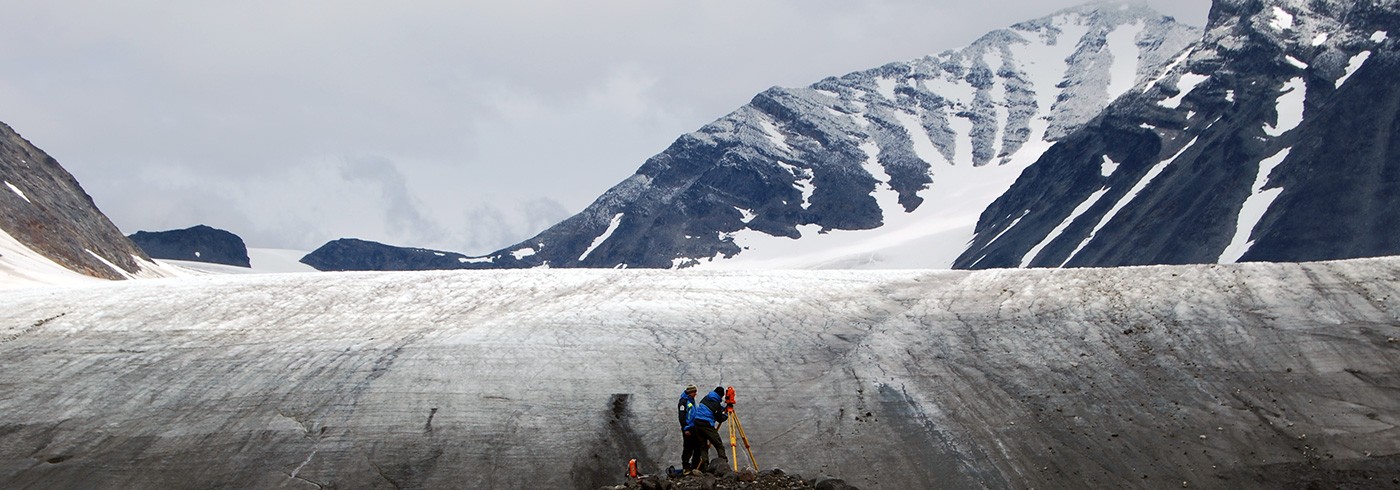Arctic Sweden - Archaeology
14 July 2008 - 24 August 2008
Archaeological excavation of a 5 200 year old settlement close to Lake Luspasjaure in the county of Västerbotten. Photo: Thomas B. Larsson
The aim of the archaeological project is threefold:
- to explore a new method of aerial surveillance of prehistoric and Sami remains by using digital photos taken from a helicopter
- to conduct land based surveys of prehistoric pitfalls and settlements and
- to make a small excavation of a high altitude prehistoric settlement close to Lake Luspasjaure.
The archaeological knowledge of prehistoric human activities in subarctic Sweden is both considerably limited and rudimentary.
Some 25 new prehistoric and Sami sites were identified on Björkfjället and Ammarfjället using the helicopter method. The land-based survey, which followed the Vindeln River, resulted in finds of Stone Age settlements. One particular area of investigation concerns the migration patterns of today’s moose in Västerbotten. The animals’ movements in different types of vegetation and terrain will be compared with the spatial distribution of prehistoric trapping systems and settlements. Other important subsidiary goals for the project focus upon a comparison of the genetics (DNA) of modern and prehistoric moose populations. The excavation at Luspasjaure revealed a site where stone implements (of quartz and quartzite) were manufactured. Four pieces of petrified resin, one with a tooth impression, were found at the site. One of the pieces is radiocarbon dated to 3 200 B.C. Soil samples from the site have been collected and will be analysed.

